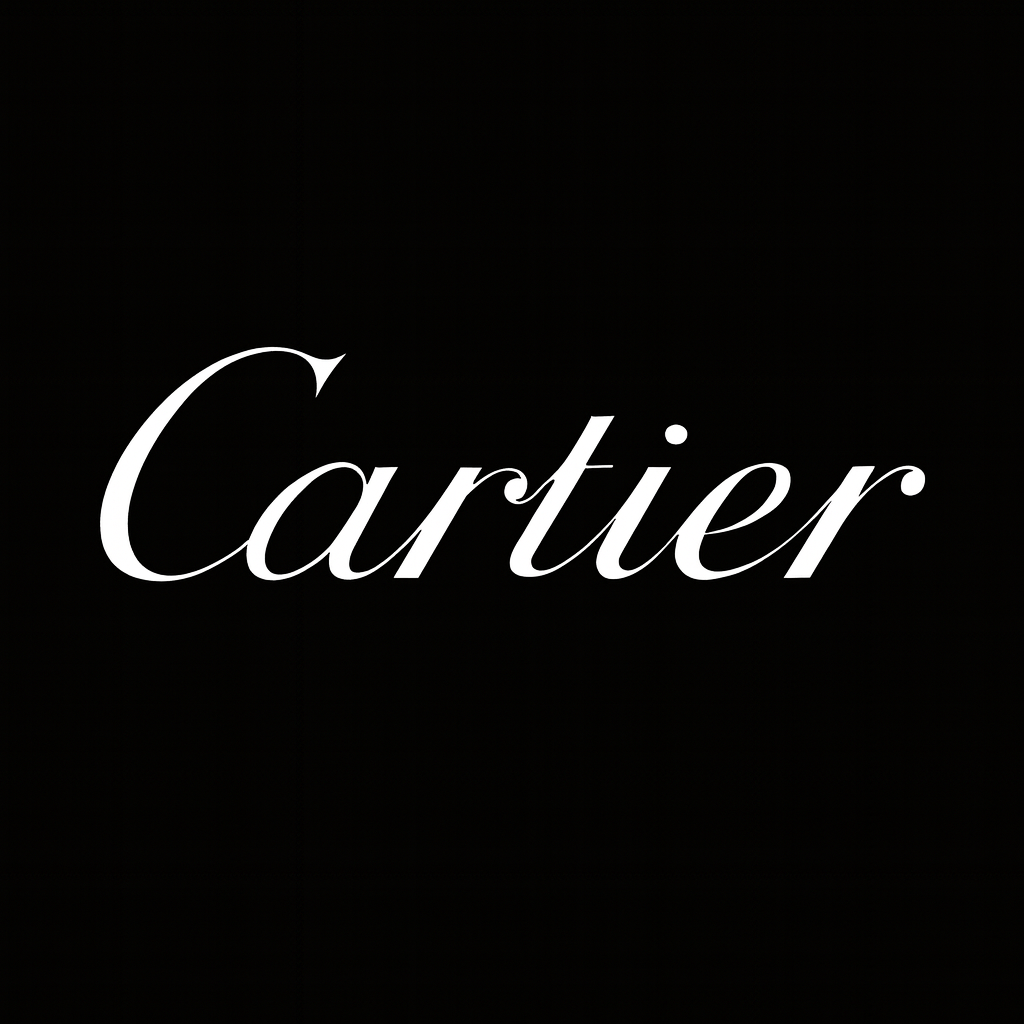
Louis Vuitton
We might be able to call Louis Vuitton the real OG of backpacking trips!
The tragedy of losing his mother at age 10, followed by his father's remarriage to a strict stepmother, created a difficult home environment that led him to leave at the age of 13. Most kids might run to a friend’s place or maybe the next town over. But not Louis Vuitton. Instead, he made the bold decision to leave Anchay in eastern France and walk (yes, WALK!) an astonishing 470 kilometers all the way to Paris.
This deep-seated need for control, stability, and self-sufficiency is a common thread in entrepreneurial success stories. It took him two years of grit and determination, sleeping under the stars and scraping by with odd jobs along the way. In this long and difficult journey he learned how to survive with very little, adapt to tough situations, and keep going no matter what. Walking all that way gave him a deep, firsthand understanding of what travelers really go through—how important it is to protect your things, keep them organized, and make sure everything you carry can handle wear and tear.
Louis Vuitton luggages were about strength and durability, built to handle the challenges of travel. That toughness reflects the founder’s own story of resilience and perseverance. His journey becomes part of the brand’s identity, giving it a real sense of authenticity. His profound rejection of the status quo and a remarkable leap of faith into the unknown, and building an empire from nothing, resonates deeply with aspirational consumers, as the brand implicitly promises to safeguard its users' valuables, mirroring Louis's own early need for security.
Upon his arrival to Paris, he apprenticed with Monsieur Marechal, a big-deal trunk maker, which set the stage for his future career. This was an intense, hands-on education in a highly skilled trade. At the time, luggage was carefully handcrafted from materials like wood, brass, and leather, and they were rounded on top—great for looking cute, terrible for stacking! Louis Vuitton flipped that design flat and revolutionized travel forever.
Within just a few years of his apprenticeship, he gained a strong reputation among Paris’s fashionable elite as one of the best in the business. Known for his exceptional skill and eye for detail, he became the go-to artisan for high-end clients who specifically requested his work. His growing fame led to a major breakthrough in 1853, when he was appointed the personal box maker and packer for Empress Eugénie, wife of Napoleon III. Her request was simple yet demanding: to “pack the most beautiful clothes in a quite exquisite way.” This role opened the door to a prestigious circle of elite and royal clients, launching his name into the upper echelons of society—it was a powerful endorsement that instantly placed Louis Vuitton at the top of his craft. Her support signaled to other wealthy and influential figures that his work was not only trusted but truly exceptional.
From its beginnings, the Louis Vuitton brand has been about status, refinement, and exclusive access to a world of luxury. This origin story reinforces the idea that the brand wasn’t just successful—it was chosen by the elite. It became a symbol of prestige and discerning taste. The Empress’s request for “exquisite” packing also underscored a core value of the brand: attention to detail and beauty, even in the parts no one sees. That focus on presentation and care remains central to the Louis Vuitton identity today.
The Heir and the Innovator: Georges Vuitton's Strategic Expansion
Louis Vuitton's personal journey laid the foundation, but it was his son, Georges Vuitton, who expanded that vision and helped shape the brand into a global symbol of luxury. Born in 1857, Georges wasn’t just an heir—he was a visionary, a co-creator and a strategic force. One of Georges's most significant contributions was the development of the revolutionary tumbler lock. This multi-pin tumbler system was designed to prevent trunk theft, a pressing concern for travelers of the era.
Beyond product innovation, Georges was the key role in the brand's geographical expansion. In 1885, he oversaw the opening of the first Louis Vuitton shop outside of France, located in London on Oxford Street. This was a pivotal moment, signaling the brand's ambition to transcend national borders and establish itself as an international luxury house.
Furthermore, it was Georges Vuitton who, in 1896, introduced the now-iconic LV quatrefoil and flower monogram. The distinctive pattern wasn’t just for decoration—it was a smart, strategic move to fight counterfeiting and create strong brand recognition, much like an artist signing their work. This bold act of branding turned the functional travel trunk into a recognizable canvas, instantly signaling luxury and craftsmanship around the world. It was a pivotal step in building brand value and protecting the reputation of the Louis Vuitton name.
Henry Racamier's Transformative Vision
LV was facing a new challenge: scaling from a successful family business into a global luxury powerhouse in an increasingly competitive market. This is where Henry Racamier, Louis Vuitton's son-in-law, entered the narrative, bringing a transformative, corporate vision to the family enterprise. He shifted Louis Vuitton from family-run to global retail powerhouse — by opening company-owned stores, instead of relying on third-party dealers. By 1977, he had launched around 95 directly-managed boutiques, expanding globally into key markets like Tokyo and Beijing by the early '80s. He knew that brand resonance and equity grow when you control the entire brand experience — from product to point-of-sale. Direct retail ensures consistency, storytelling, and emotional connection.
Racamier recognized early that controlling both production and distribution would ensure quality, consistency, and brand image. By vertically integrating, driving LV’s strategy into direct retail and in-house production, Racamier didn’t just grow a business — he protected a story. He built every store, every workshop, and every Vuitton stamp to speak the brand’s narrative. As Kapferer would say, he preserved luxury’s emotional distance , and that curated experience creates deeper resonance.
in 1987, Racamier announced the merger of Louis Vuitton with Moët-Hennessy, the renowned French champagne and cognac producer. This audacious move created LVMH Moët Hennessy Louis Vuitton, the world's leading luxury conglomerate.
This merger was a brilliant strategic move. It diversified the portfolio, created powerful synergies across various sectors of the luxury market, and gave the company the financial strength to pursue bold global expansion and achieve market dominance. However, the success came with its share of internal friction. This horizontal merger effectively stripped the Louis Vuitton family of power. The 60% share that Racamier and the Louis Vuitton family held in LVMH dropped to about 17%, leading to numerous conflicts between him and other executives. Ultimately, full control of LVMH passed to its current CEO, Bernard Arnault.
How do you think a brand should be built to withstand time, trends, and the weight of success?
By
July 23, 2023
.png)
.png)



